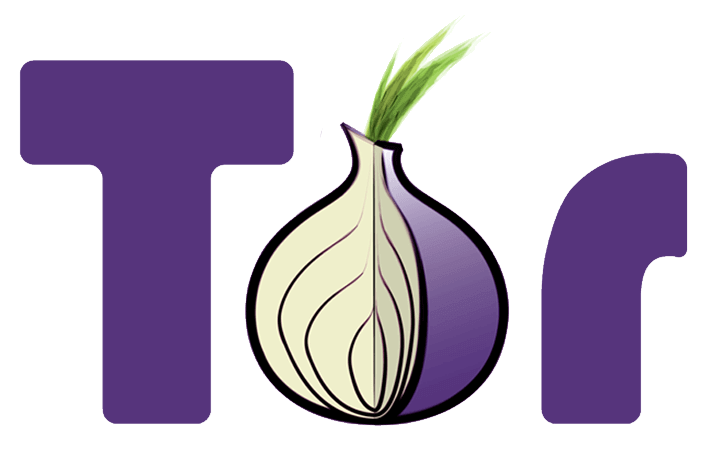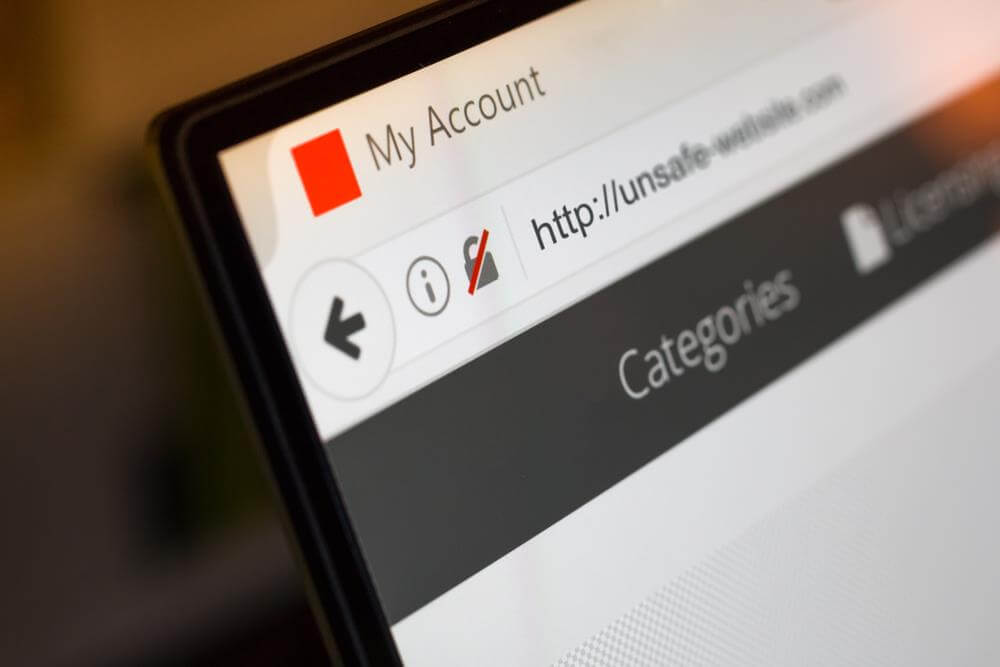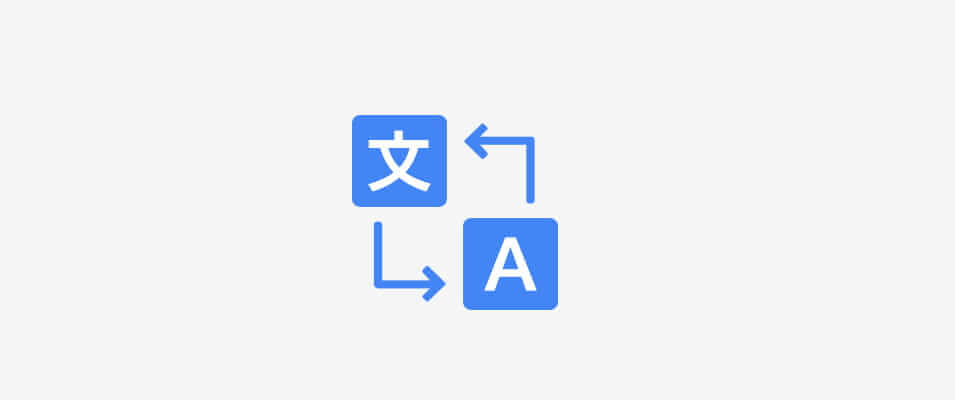
QUICK LINKS:
I bet most of us have found themselves in a situation where websites we wish to visit have been blocked. So a question arises, how can we gain access to the blocked site? We have all been there running into restricted websites left and right. And as far it’s concerned, I can tell you it is incredibly frustrating.
Websites are usually blocked in three levels: government/ internet service provider, computer level, and network level. We’ll not be looking on how to block a website. Instead, this article focus on how to access a site that is restricted on your browser or working station.
So if you find yourself in a situation where you are unable to access a website, here are the things that will get you out of it.
Use a proxy

Blocked sites can easily be accessed using any standard proxy. Proxies’ works the same way as VPN, thus they are very much reliable. If you want to access a blocked website, you can use a web-based proxy.
In most cases, in a professional working station, employees are restricted from accessing particular sites. At times, the employee may want to access a blocked website at their workstation. Proxy websites will act as a rescue in such scenarios.
A proxy becomes a moderator between the server and the user. The proxy website will camouflage the restricted site from the internet service provider servers and allow you to gain access to the blocked websites.
There are many proxy services available today, including the widely known LimeProxies. LimeProxies allows you to gain access to blocked websites in your local area. So feel free to check it out, it aims to provide anonymous internet surfing and unblocking blocked websites.
Use Virtual Network Provider (VPN)

Virtual Private Networks allows you to access blocked websites by connecting to their servers worldwide. Whenever you download their software, you just choose a server location that provides IP address from that area and then join.
From this point, you can have access to any content available from that location. What actually happens is that your real IP address is changed into a new one resembling that one of the countries the server is located. It looks like you are accessing the website from the country the server is located, rather than your home country.
With a VPN all your internet activities become impossible to track them back, and thus you can bypass any restricted website. The most prominent advantage with a VPN is that you can bypass any form or restriction.
There are plenty options in a market for VPNs services, and trying to figure the rejects and right ones that actually guarantee what they are supposed to is very tricky. I recommend LimeVPN which has all the necessary technical qualification that you need.
They encrypt their tunnels to protect your data entirely, offers unlimited bandwidth, multiple servers worldwide and compatible software for your PC and other devices. There is not much else that outlines LimeVPN apart from other providers, but it does the job efficiently and effectively.
Use an IP instead of a URL

Most blocked website are stored in the form of URLs and using IP of the site might work out. But how do you get the IP address of any restricted webpage? To get the IP address of that website, you do a ping command in command prompt.
After getting that IP address, you can launch your browser and key it in. You can type starting with a string http:// followed by the IP address and then close with a slash. For example,
http://123.456.789.10/
the slash saves time for the server since this is a directory and it’s unnecessary to retrieve a particular file.
Using IP is one of the simplest ways of accessing blocked websites in your local area. However, it won’t work for this method if the website has hidden its IP address too.
SSH Tunnel

You can connect to a secure shell server which allows terminal command as if you are executing the commands using another computer. SSH tunnel connects your PC to the server by bypassing the web filter.
There are different types of SSH tunnels used for various purposes. But they all use the same theory to redirect one network to another. Basically, SSH tunnel is encrypted to avoid traffic in transit being monitored or modified.
If you have an SSH server to connect to remotely, you can set up a tunneling and redirect all your web traffic into a secure connection. This is helpful to bypass local network filtering, and you can happily get access to the restricted website without your connection being filtered.
Tor browser

Tor is a free software used for any form of network surveillance to provide personal privacy and freedom. Governments and international committees censor the internet users from accessing some websites. With Tor browser, you can bypass the web censorship.
Tor has volunteers around the globe available to distribute network of relays. To access a blocked website, Tor routes communication through relays situated where the same site has not been restricted. And through that relay, you can get connected to the blocked website. Using Tor browser is like using a thousand proxies at once to access sites.
Tor is very simple to use. In fact, it works out even where standard proxies, VPN and SSH tunnels won’t. But its developers are still fighting constant battles with the robust regime that attempts to block it, such as China.
The only setback with Tor browser it’s much slower than any standard browser. All in all, it will allow you access the restricted website and it shouldn’t be used for daily internet browsing.
URL recasting

URL trick works for those websites that hosted on a dedicated server environment with unverified SSL installed in the section of a domain name. To gain access to such websites, you have to recast your URL.
So, instead of tying
www.websiteURL.com
or
http://www.websiteURL.com
in the address bar of your browser, try to type
https://www.websiteURL.com.
The domain will appear to be unverified with SSL installation. A security warning will show up indicating to proceed or back to safety. To get access to the blocked website, select the option of proceeding anyway.
Replace DNS server

DNS server contains all the information regarding websites all over the world. When IPs addresses are blocked from accessing a site, the IP is actually blocked in their country’s DNS server. The users of this DNS server will not be able to connect to the blocked website. To bypass such a scenario, you have to play a simple trick. Change or replace DNS server to access the restricted site.
Google translate

Google translate tool converts a text from input language to the required language output. Using this method will have you access the blocked website. The good side of Google translate is that it supports all languages.
Before keying in the URL of that blocked website chose the language of your choice to expect English and then translate the language to English. That’s all; the blocked site will be visible in English.
Google cache version
Every website including blocked website has a cached version. So you can get the details of any website using a Google cached version. When you browse to a blocked site, the system automatically shows up the cached version. When you click on that, you will be redirected to the site whether it’s dead or alive.
Conclusion
These remain the best ways to gain access to blocked content or sites. Next time, when it becomes impossible to access blocked sites or you may need the content of a website from another country, try any of these ways and see which one will get you out of the creepy situation. Also be kind to share the experience with another person.
Post Quick Links
Jump straight to the section of the post you want to read:


About the author
Expert
Lorem ipsum dolor sit amet, consectetur adipiscing elit, sed do eiusmod tempor incididunt ut labore et dolore magna aliqua. Ut enim ad minim veniam, quis nostrud exercitation ullamco laboris nisi ut aliquip ex ea commodo consequat.
Related Articles
The Ultimate Guide to SOCKS proxies
Using SOCKS proxy for your brand is better as it helps you to conduct online activities in a much better manner. Here is the Ultimate Guide to SOCKS proxies
Why the Web Remains a Primary Ransomware Vector?
The biggest problem with ransomware attackers infects your network which becomes critical for your business, and you have no option but to pay them.